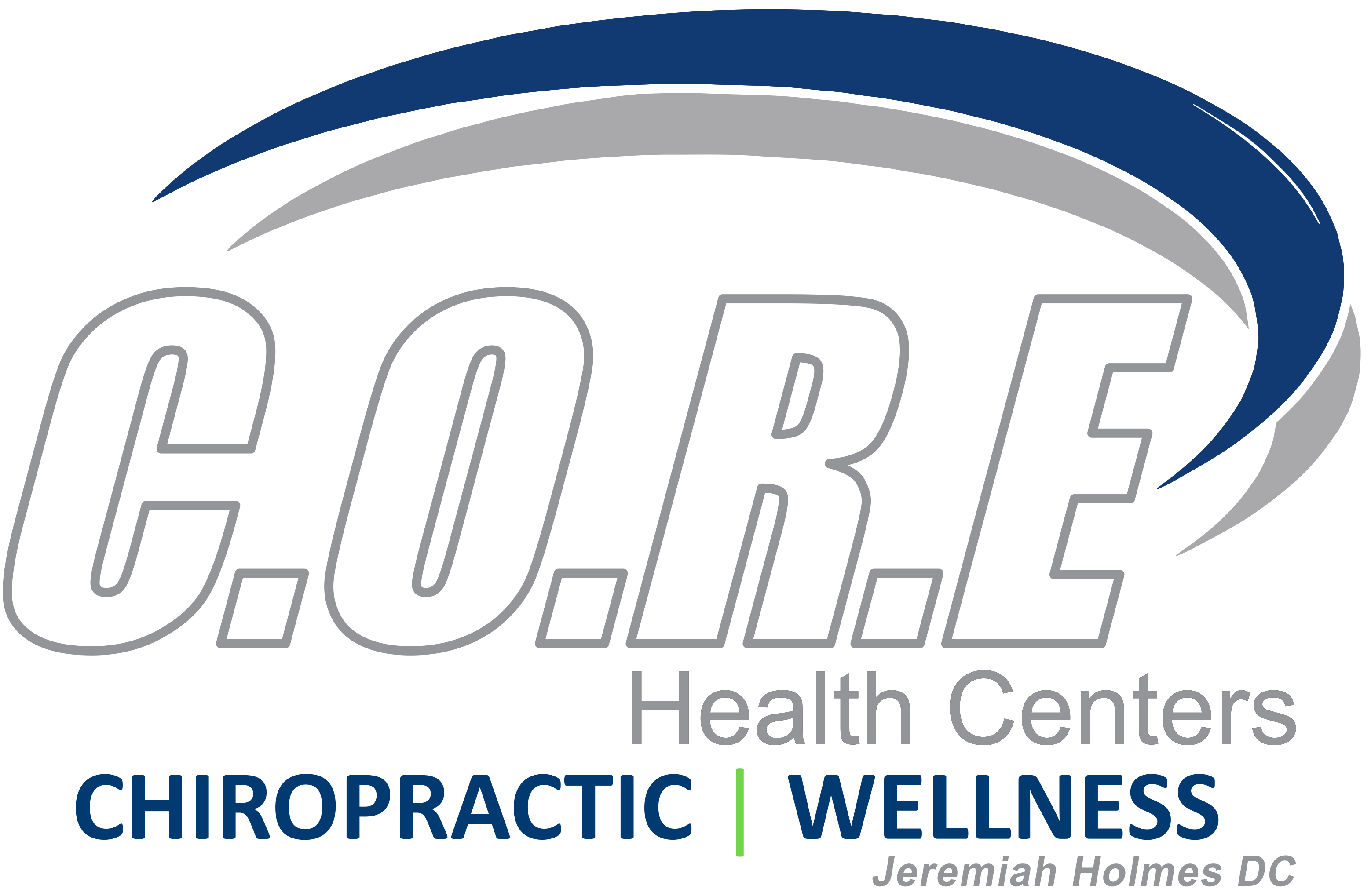Value-based care (VBC) is basically quality over quantity and is directly linked to Medicare and Medicaid. Under VBC, practices can gather financial incentives through frameworks such as Advanced Alternative Payment Models (AAPMs), the Merit-Based Incentive Payment System (MIPS), and other programs implemented since 2012.
This is great news for chiropractic. According to Dr. Frank Painter, “Studies show that chiropractic care not only reduces the immediate cost of an episode of care but reduces the recurrence of subsequent bouts of conditions such as low back pain. These musculoskeletal conditions are a heavy financial burden on society often requiring expensive tests to pinpoint the exact diagnosis.” And he’s not the only one looking into the cost effectiveness of chiropractic care. In July 2021, the Clinical Compass also posted information on the cost effectiveness of chiropractic care on their website.
VBC came to the fore in 2008 when the Centers for Medicare and Medicaid Services (CMS) began to emphasize a new, triple-tiered approach to medicine.
The Three Aspects of Value-Based Care
Better care for individuals. Better health for populations. Lower costs. These are the ongoing aims of VBC which has grown exponentially. Almost every state had committed to VBC (and its various branch programs) by 2019, while CMS continued to advance nationwide adoption in 2020.
What makes VBC “better” than the fee-for-service (FFS) model which emphasizes both higher care volume and spending? VBC makes healthcare providers look at efficiency and prevention on the same level as compensation. Every practitioner wants a quick-as-possible recovery for patients, not drawn-out treatments that line the practice’s pockets.
Healthcare providers looking for reimbursements through multiple appointments, test requests, or prescriptions, will find it harder to operate in a care landscape shifting toward care rewards based on proving that whatever a practice did, it improved a patient’s condition.
How VBC’s Efficiency Further Lowers Costs
All dedicated healthcare providers prefer proactive treatment to reactive ones. VBC’s inherent drive toward efficiency sees practices equally focused on stopping problems before they start, or at least treating them in their earliest stages, as opposed to after they’ve taken hold. This saves everyone time and money since conditions a less likely to become chronic thereby preventing prolonged suffering and added expense.
Practices enrolled in VBC programs can also become better providers through shared data. Each facility’s data is collected, analyzed, and used to alert them to positive and negative care outcomes under their current model.
This not only benefits the individual provider but can be used to improve VBC for everyone in that program network. There’s also a strong collaborative aspect. Patients may require care from multiple sources, all of which can coordinate through VBC programs to pool their efforts.
Collaborate with Us for Financial Wellbeing
ChiroHealthUSA is dedicated to helping chiropractors strike the right balance between compassion and practice preservation. We help optimize your office’s financial policies which may be exposing you to potential complaints, audits, fines, and penalties. Contact us to learn about delivering simple, legal, and compliant discounts.
___

Dr. Ray Foxworth is a certified Medical Compliance Specialist and President of ChiroHealthUSA. A practicing Chiropractor, he remains “in the trenches” facing challenges with billing, coding, documentation and compliance. He has served as president of the Mississippi Chiropractic Association, former Staff Chiropractor at the G.V. Sonny Montgomery VA Medical Center and is a Fellow of the International College of Chiropractic. You can contact Dr. Foxworth at 1-888-719-9990, info@chirohealthusa.com or visit the ChiroHealthUSA website at www.chirohealthusa.com. Join us for a free webinar that will give you all the details about how a DMPO can help you practice with more peace of mind. Go to www.chirohealthusa.com to register today.


